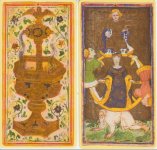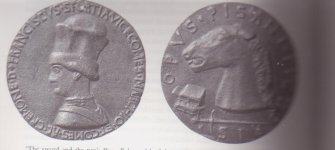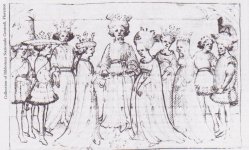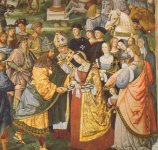Rosanne
Political realism is based upon a pluralistic conception of human nature. Real man is a composite of "economic man," "political man," "moral man," "religious man," etc. A man who was nothing but "political man" would be a beast, for he would be completely lacking in moral restraints. A man who was nothing but "moral man" would be a fool, for he would be completely lacking in prudence. A man who was nothing but "religious man" would be a saint, for he would be completely lacking in worldly desires.
A quote from Politics Amongst Nations:The Struggle for Power and Peace by Hans J Morgenthau.
If you look at all the rich hand painted cards that form early Tarot you will find it is said they are from the mid 15th Century. This art became unnecessary as the mass production of Playing cards surged forward with printing skills and demand. If you take away the name Tarot or Tarrocchi or Trionfi you are left with images on cards that appear, at least to me, to have a message of Political realism that was occurring in the mid 15th Century in Italy.
In the 15th century, five powers dominated the Italian peninsula: Venice, Milan, Florence, the Papal States, and the kingdom of Naples. Whenever one Italian state appeared to gain a predominant position within the peninsula, other states combined to establish a balance of power against the major threat. In 1450, for example, Venice went to war against Milan in protest against Francesco Sforza's acquisition of the title of duke of Milan. Cosimo de' Medici of Florence, a long-time supporter of a Florentine -Venetian alliance, switched his position and aided Milan. Florence and Naples combined with Milan against powerful Venice and the papacy. In the peace treaty signed at Lodi in 1454, Venice received territories in return for recognizing Sforza's right to the duchy. This treaty formed what is now called 'Balance of Power'. Sforza would base his lifelong external policy on this principle of Balance of Power. In this was the concept of non aggression between City States and the right to rule themselves, and co-operate with their neighbours, with express boundaries; The Italic League was an international agreement concluded in Venice on the 30 August 1454, stipulated by the Venice and the States of Milan and Florence,the Kingdom of Naples and several smaller city states excluded in the earlier treaty -the Peace of Lodi.
Where did this idea come from?
Well see next post.........





